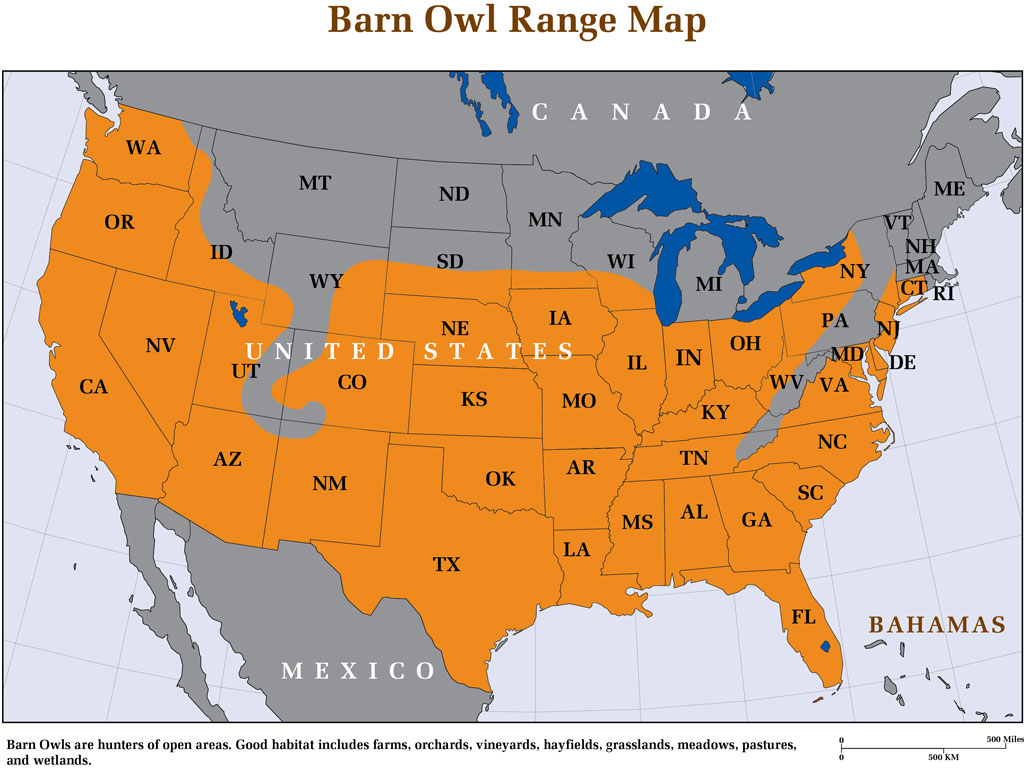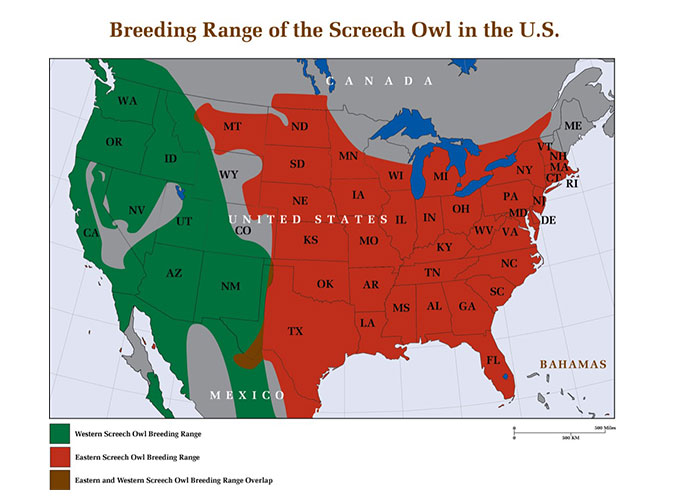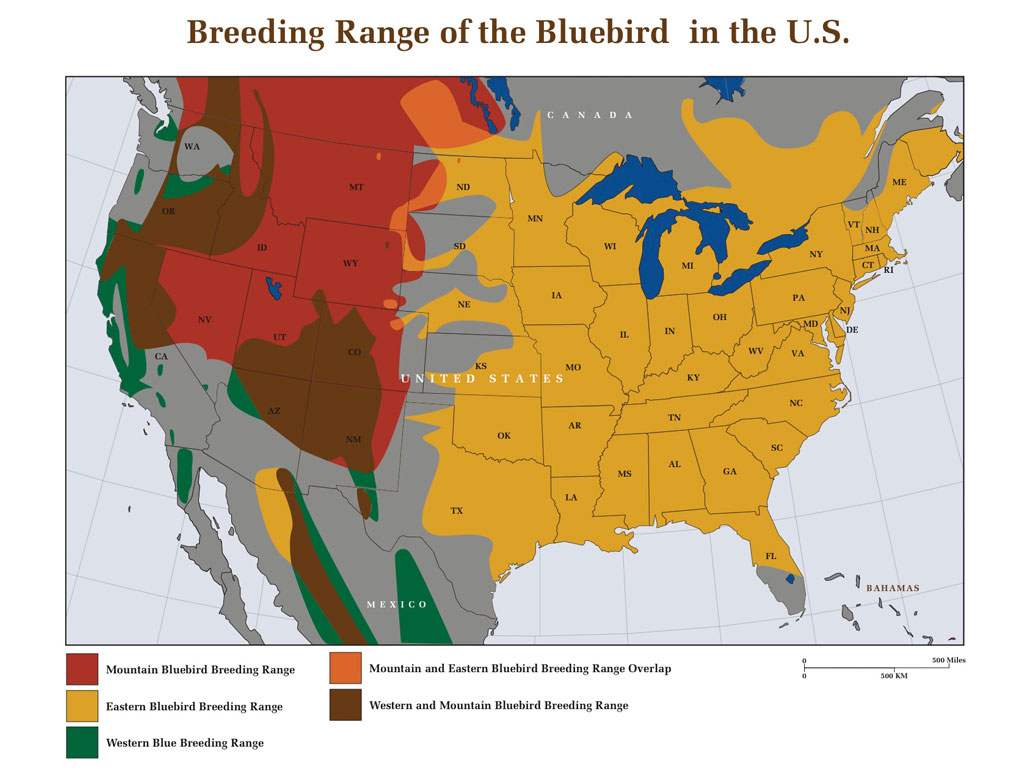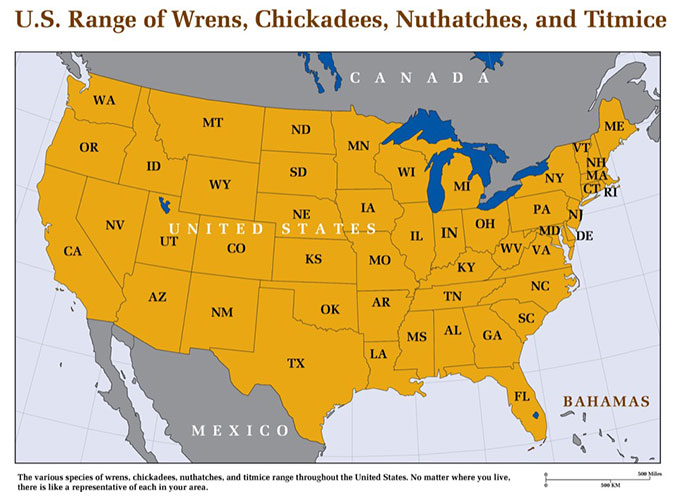Free Shipping to the Contiguous United States
Barn Owl Biology Facts
- The seventeen species of barn owls are so different than from all the other 200-plus owls in the world that they are placed in their own taxonomic division. This difference is manifested not only in the physiology of barn owls, but also in their behavior. Barn owl species are far more tolerant of man, far more attracted to man-made dwellings, far less territorial, and have much larger broods than most other species of owls.
- Barn owls are so tolerant of other barn owls that they will often form colonies. An abandoned steel mill in Utah was discovered to harbor over 30 barn owls that hunted the surrounding area. A single barn in central Florida was recently found to contain 10 pairs of barn owls, all of them raising chicks. It was estimated that these 10 pairs and their young harvested between 15,000 and 25,000 cotton rats from the surrounding sugar cane fields annually.
- Although barn owls tend to breed in the early spring, they have been recorded breeding in every month of the year, even in states as far north as Pennsylvania. Not only is this unusual behavior for other owls, it is unusual for birds of any kind.
- Other names for the barn owl are Ghost Owl, White Owl, Night Owl, Hissing Owl, Monkey-faced Owl, Church Owl, Death Owl, Rat Owl, Demon Owl, and Golden Owl.
- Barn owls are the most widespread owl and one of the most widespread land birds in the world. They exist on every continent except Antarctica, and even inhabit many island chains where they have morphed into many subspecies.
- The barn owl is highly adaptive to prey availability. In Spain the barn owl hunts mostly house mice. In Austria they have been known to take bats. In some areas of the midwestern United States they have taken good numbers of red-winged blackbirds. And on a few occasions, they have even been observed successfully catching fish.
- Recent research shows that young barn owls in the northern states disperse dramatically in the fall. In fact, some birds have flown as far as 1200 miles. But barn owls have traditionally been thought of as sedentary species, having been seen in winter by farmers around in barns going back for decades. It turns out that the young do disperse before their first winter, but it is the adults, who own good territory, that tend to stay.
- Despite standing over a foot tall with a three-foot wingspan, barn owls weigh only about a pound. This low ratio of weight to wing size allows the barn owl to fly slowly and deliberately over fields while it searches by sight and sound for its prey below.
- Spearheaded by the University of Tel Aviv, Israel has one of the most robust barn owl nest box projects in the world. Communal farms have reported such success with erecting hundreds of nest boxes around the country that Israel’s Ministry of Agriculture has decided to fund and expand the project.
- Barn owls can hear so well that researchers believe they can distinguish which species of rodents they are hearing from the sounds the rodents make as they run along the ground. In one study, it was found that barn owls were capturing pregnant voles at a much higher ratio than existed in the population, showing that they were selecting the fatter voles over the others—most likely through their keen auditory senses.
- “For the pocket gopher… barn owls…can represent a substantial biological control that can be manipulated with the placement of barn owl nest boxes around and in the orchard. Research work in California examined contents of barn owl nest boxes in the San Joaquin and Sacramento Valley around prunes, vines and pecans. Results showed pocket gophers represented over 50 percent of the barn owl diet representing an average of 215 gophers ‘taken’ during the breeding and nestling phase….” California Fish and Wildlife Service








